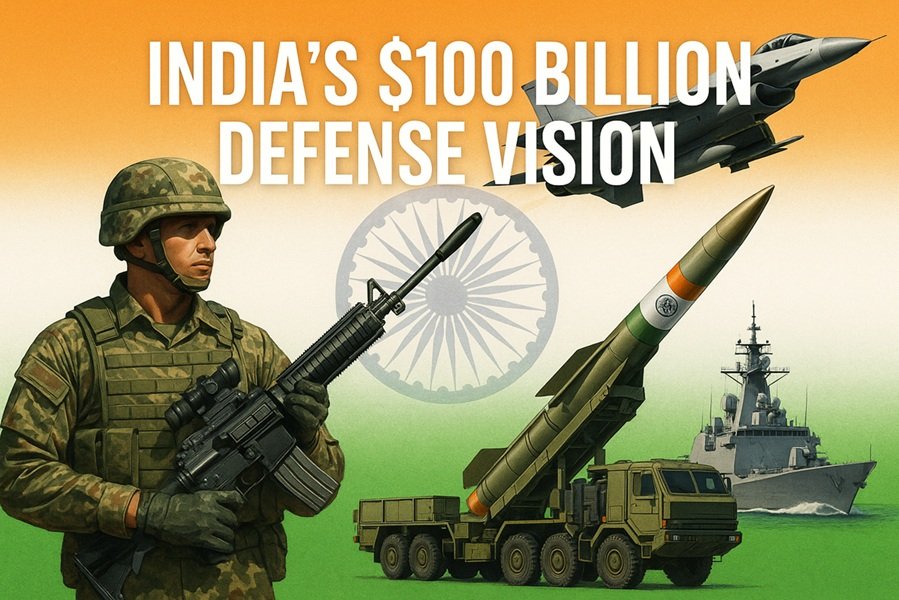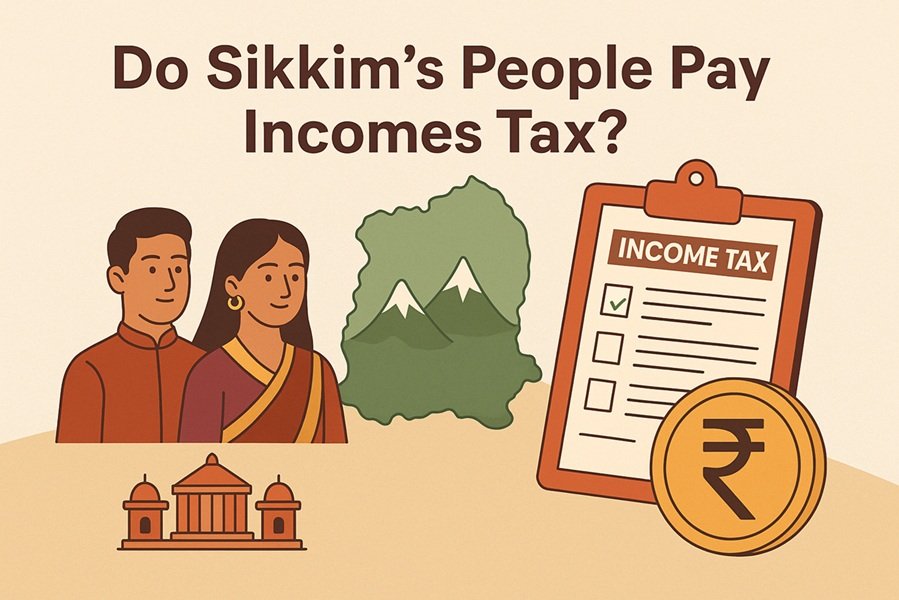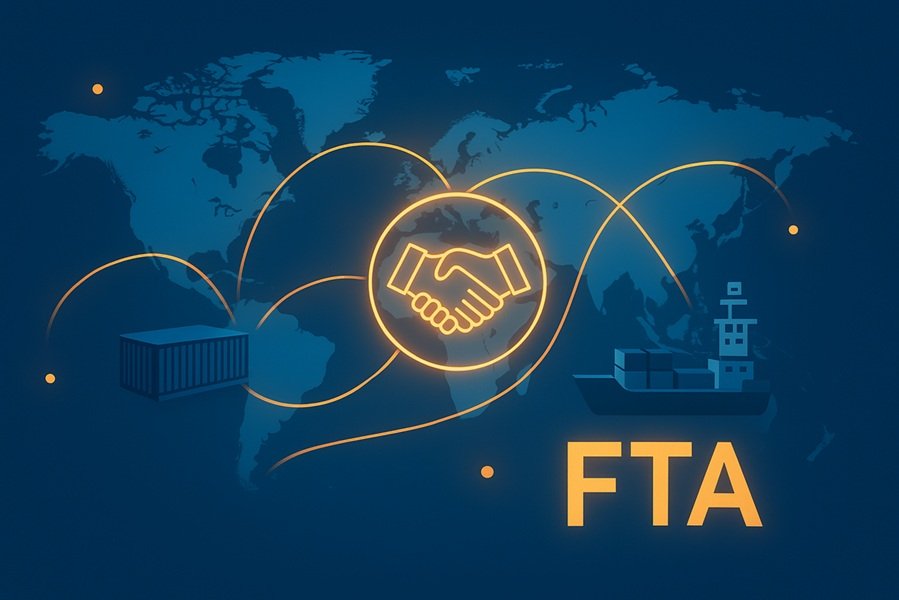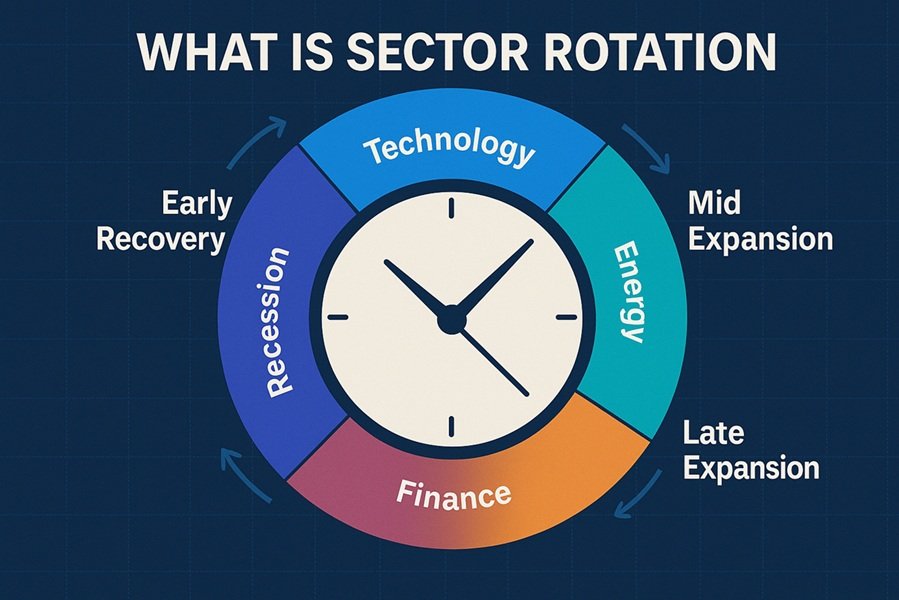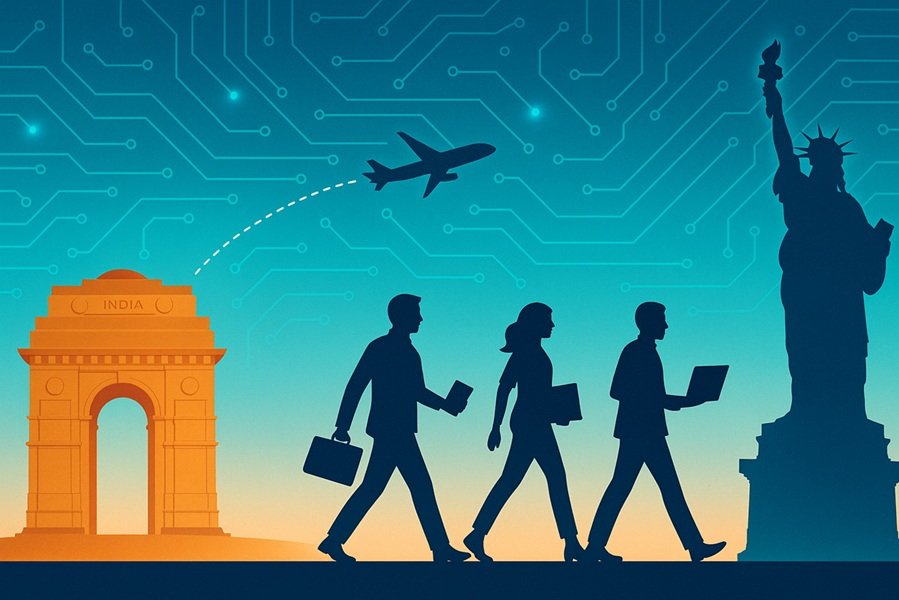
Introduction
The H-1B visa is one of the most sought-after non-immigrant work visas in the world, particularly among Indian professionals. Designed by the United States to attract highly skilled workers, especially in technology and research sectors, this visa allows U.S. companies to temporarily employ foreign professionals in specialized fields such as information technology, engineering, finance, medicine, and education.
For India, the H-1B visa has become more than a legal document — it represents global career aspirations, economic mobility, and a bridge between India’s talent and America’s innovation ecosystem.
What is the H-1B Visa?
The H-1B visa is a U.S. non-immigrant visa category under the Immigration and Nationality Act (INA) that allows U.S. employers to hire foreign professionals for “specialty occupations.”
To qualify, a job must typically require:
- A bachelor’s degree or higher (or equivalent work experience),
- Specialized knowledge in a particular field, and
- Employer sponsorship.
Key facts:
- Duration: Initially 3 years, extendable up to 6 years.
- Annual cap: 85,000 visas (65,000 under the regular cap and 20,000 reserved for U.S. master’s degree holders).
- Selection: Random lottery system managed by the U.S. Citizenship and Immigration Services (USCIS).
India’s Dominance in the H-1B Landscape
India has been the largest beneficiary of the H-1B program for over two decades. According to U.S. immigration data, more than 70% of all H-1B visas are issued to Indian nationals every year.
This dominance is largely driven by:
- India’s strong STEM (Science, Technology, Engineering, and Mathematics) education base,
- The rise of Indian IT and consulting giants such as Tata Consultancy Services (TCS), Infosys, Wipro, HCL, and Tech Mahindra, and
- The growing presence of Indian professionals in U.S. tech firms like Google, Microsoft, Amazon, and Meta.
Statistics Snapshot (Recent Trends)
- 2024 USCIS data showed that nearly 78% of approved H-1B petitions were for Indian nationals.
- Major U.S. states with the highest Indian H-1B presence include California, Texas, New York, and Washington.
- Over 500,000 Indian professionals are currently working in the U.S. under the H-1B category.
Application and Selection Process
The H-1B process involves several critical steps:
1. Employer Sponsorship
A U.S. employer must file an LCA (Labor Condition Application) with the U.S. Department of Labor to ensure fair wage and working conditions.
2. H-1B Registration
Employers register their candidates during the annual H-1B lottery window (usually in March).
USCIS then randomly selects registrations up to the annual cap.
3. Petition Filing (Form I-129)
If selected, the employer files a petition to USCIS with detailed evidence of the worker’s qualifications.
4. Visa Stamping and Entry
After approval, the candidate applies for a visa at a U.S. consulate (e.g., Chennai, Hyderabad, or Mumbai). Once stamped, they can travel to the U.S. and begin employment.
Impact on India’s Economy and Society
1. Brain Drain vs. Brain Gain
Critics argue that the H-1B program leads to a “brain drain”, as talented Indian graduates migrate abroad.
However, many experts view it as “brain circulation” — with knowledge, innovation, and investment returning to India through remittances and startup ventures.
2. Remittances
Indian H-1B holders are among the top contributors to India’s $100+ billion annual remittance inflow, strengthening India’s foreign exchange reserves.
3. Technology Transfer
Many Indian professionals return home with global experience, fueling India’s startup and digital economy — especially in cities like Bengaluru, Hyderabad, and Pune.
4. Social Mobility
For middle-class Indian families, an H-1B job symbolizes upward mobility — better education for children, global exposure, and enhanced quality of life.
Challenges and Controversies
1. Lottery Uncertainty
The random lottery process means many qualified applicants miss out each year despite strong credentials.
2. Dependence on Employer
H-1B holders are tied to their sponsoring employers, limiting job flexibility. Termination of employment can lead to visa loss within 60 days.
3. Green Card Backlog
Indian nationals face decades-long waits for U.S. permanent residency (green card), creating insecurity for long-term settlers.
4. Policy Fluctuations
U.S. administrations often alter immigration rules, impacting visa renewal, wage requirements, and work-from-home eligibility.
5. Exploitation and Misuse
Some consulting firms have faced scrutiny for wage manipulation or fake job postings, leading to tighter visa scrutiny for Indian applicants.
The H-1B and the U.S.-India Relationship
The H-1B program is more than a visa — it’s a pillar of Indo-American technological and economic collaboration.
- Indian professionals have contributed significantly to Silicon Valley’s innovation ecosystem.
- Over one-third of tech startups in the U.S. are founded or co-founded by Indian-origin entrepreneurs who once held H-1B visas.
- The U.S. government recognizes India’s role as a key partner in digital transformation and artificial intelligence growth.
During bilateral talks, India has consistently urged the U.S. to streamline H-1B and green card processes, emphasizing their contribution to the American economy.
Future Outlook
1. AI and Automation Era
The next wave of H-1B demand will likely focus on AI, cybersecurity, quantum computing, and biotechnology. Indian engineers are expected to play a major role in this transition.
2. Hybrid Work and Remote Opportunities
Post-pandemic trends show that U.S. companies are increasingly open to remote collaboration, possibly reducing dependence on physical relocation.
3. U.S. Policy Reforms
Recent discussions in the U.S. Congress aim to:
- Introduce merit-based selection over random lotteries,
- Increase transparency and wages, and
- Simplify H-4 work authorization for spouses (many of whom are Indian women).
4. India’s IT Evolution
As India’s own technology ecosystem strengthens — with startups, AI research hubs, and digital infrastructure — many professionals now consider return migration a viable alternative.
Read This: What Is FTA (Free Trade Agreement)? Types, Benefits, and Challenges Explained
Conclusion
The H-1B visa remains a symbol of India’s global talent leadership and America’s reliance on skilled immigrants. While challenges persist — from uncertain lotteries to green card delays — the relationship continues to evolve with mutual benefits.
For India, it signifies global recognition of its intellectual power. For the U.S., it represents an indispensable workforce driving innovation.
In essence, the H-1B story is not just about visas — it’s about dreams, opportunity, and the enduring partnership between two democracies shaping the digital future.


